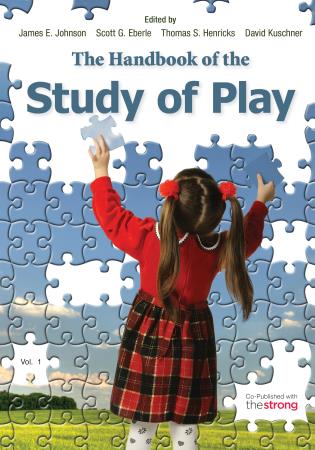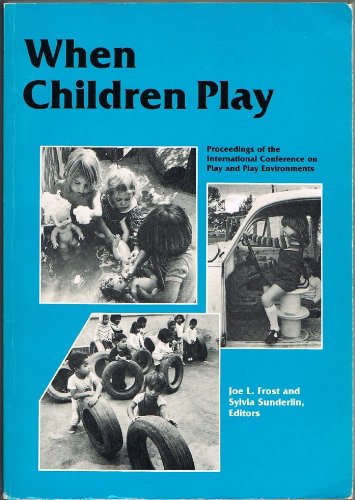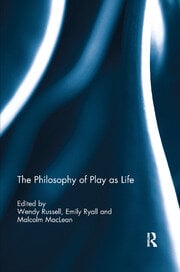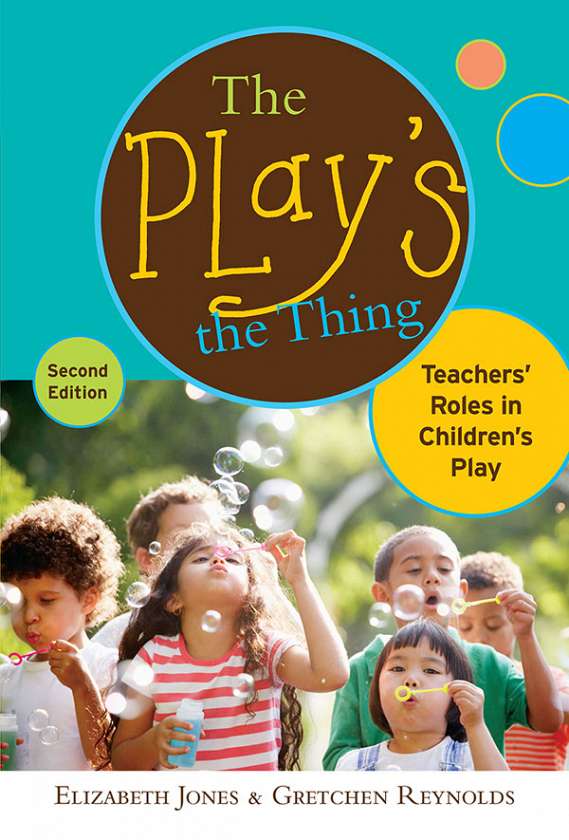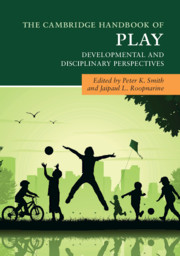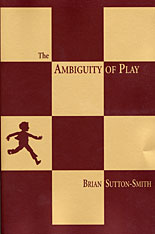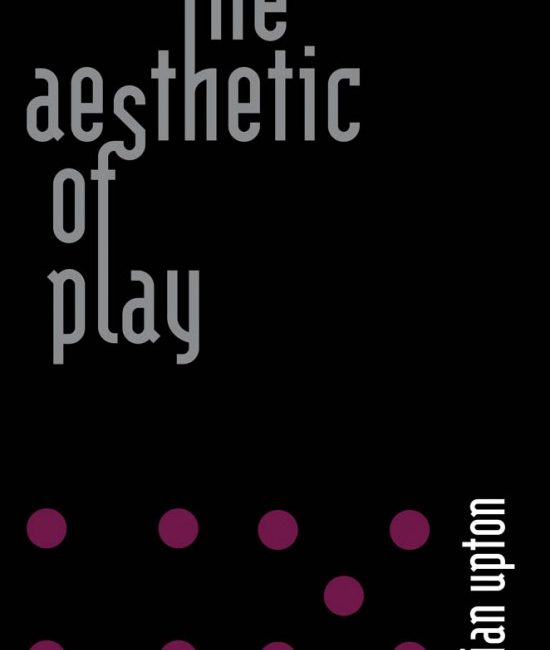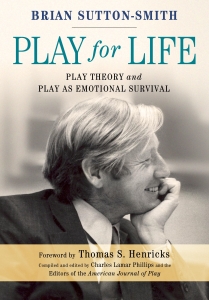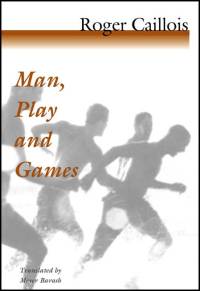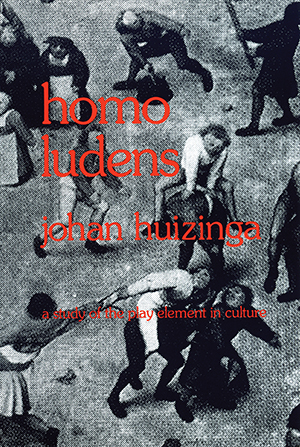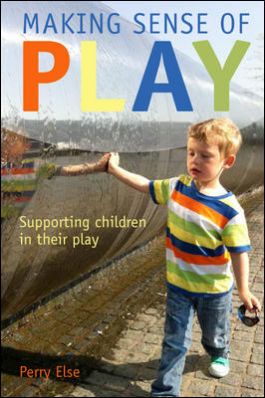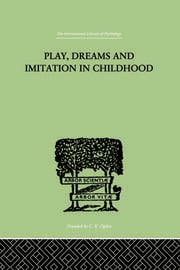The Handbook of the Study of Play brings together in two volumes thinkers whose diverse interests at the leading edge of scholarship and practice define the current field. Because play is an activity that humans have shared across time, place, and culture and in their personal developmental timelines—and because this...
Escape From Childhood: The Needs and Rights of Children
This is a reprint of John Holt's controversial book about the rights of children and how adults and children can live and learn together more enjoyably and transparently by rethinking their relationships. Under the guise of care and protection, children are kept in the walled garden of childhood, outside the...
The Play of Animals
Original version published in 1898. Groos identified play activity as practice for developing the skills and competencies that would enable “higher animals” to master the tasks of life. He also wrote at length about “imitative play” in humans, whereby children expanded on the behaviors of adults. Interestingly, Groos suggested that...
When Children Play:Proceedings of the International Conference on Play and Play Environments
This book is a compilation of 47 wide-ranging papers presented at the International Conference on Play and Play Environments. The introduction reviews both the historical recognition of the value of play by various philosophers and educators and the historical disregard for childhood that has prevailed through the centuries, particularly in...
The Philosophy of Play as Life
It is now widely acknowledged that play is central to our lives. As a phenomenon, play poses important questions of reality, subjectivity, competition, inclusion and exclusion. This international collection is the third in a series of books (including The Philosophy of Play and Philosophical Perspectives on Play) that aims to...
The Play’s the Thing: Teachers’ Roles in Children’s Play
Responding to current debates on the place of play in schools, the authors have extensively revised their groundbreaking book. They explain how and why play is a critical part of children’s development, as well as the central role adults have to promote it. This classic textbook and popular practitioner resource...
The Cambridge Handbook of Play: Developmental and Disciplinary Perspectives
Play takes up much of the time budget of young children, and many animals, but its importance in development remains contested. This comprehensive collection brings together multidisciplinary and developmental perspectives on the forms and functions of play in animals, children in different societies, and through the lifespan. The Cambridge Handbook...
The Ambiguity of Play
Every child knows what it means to play, but the rest of us can merely speculate. Is it a kind of adaptation, teaching us skills, inducting us into certain communities? Is it power, pursued in games of prowess? Fate, deployed in games of chance? Daydreaming, enacted in art? Or is...
The Aesthetic of Play (The MIT Press)
A game designer considers the experience of play, why games have rules, and the relationship of play and narrative. The impulse toward play is very ancient, not only pre-cultural but pre-human; zoologists have identified play behaviors in turtles and in chimpanzees. Games have existed since antiquity; 5,000-year-old board games have...
Play for Life: Play Theory and Play as Emotional Survival
Play for Life: Play Theory and Play as Emotional Survival is an edited compilation that contains, among other features, the final book-length manuscript of Brian Sutton-Smith, preeminent play scholar of the late 20th and early 21st centuries. The book is compiled and edited by Charles Lamar Phillips and three members...
Man, Play and Games
Play is "an occasion of pure waste: waste of time, energy, ingenuity, skill, and often of money." It is also an essential element of human social and spiritual development. In this study, Roger Caillois defines play as a voluntary activity that occurs in a pure space, isolated and protected from...
Homo Ludens – A Study of the Play-Element in Culture
In Homo Ludens , the classic evaluation of play that has become a "must-read" for those in game design, Dutch philosopher Johan Huizinga defines play as the central activity in flourishing societies. Like civilization, play requires structure and participants willing to create within limits. Starting with Plato, Huizinga traces the...
Play and the Human Condition
In Play and the Human Condition, Thomas Henricks brings together ways of considering play to probe its essential relationship to work, ritual, and communitas. Focusing on five contexts for play--the psyche, the body, the environment, society, and culture--Henricks identifies conditions that instigate play, and comments on its implications for those...
Play, Dreams and Imitation in Childhood
A study of child development in terms of systematic and representative imitation, the structure and symbolism of games and dreams, and the movement from sensory-motor schemas to conceptual schemas. Source: Publisher It’s a difficult read, but I do recommend it if you want to really learn about childhood and how...


